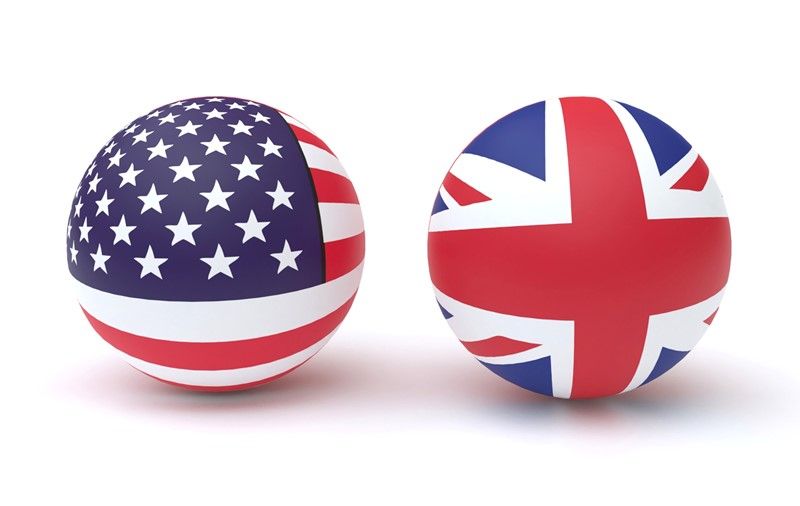Tax-free income from letting a room in your home
Homeowners can earn up to £7,500 tax-free under the rent-a-room scheme, with simple reporting and flexible tax options.
This set of special rules is designed to encourage individuals to make use of spare space in their property by providing a tax exemption on rental income of up to £7,500 per tax year.
If the total rental income from lodgers does not exceed the £7,500 threshold, the exemption applies automatically, with no need to file a tax return or report the income to HMRC. This makes the scheme particularly appealing for those seeking a simple way to supplement their income without added paperwork. However, if you prefer, you can opt out of the scheme and instead declare property income and expenses in the usual way.
The relief is only available for furnished accommodation and typically applies when a homeowner rents out a bedroom to a lodger within their main residence. One of the key benefits of the scheme is that it not only allows for tax-free earnings up to the threshold but also reduces the overall tax and administrative burden for participants. If the property is jointly owned and both parties receive rental income, the £7,500 limit is halved to £3,750 per person.
It is important to note that the rent-a-room limit covers not just rent, but also any additional payments received for meals, laundry, or cleaning services provided to the lodger. If your gross receipts exceed the threshold, you have a choice: you can either pay tax on the actual profit (gross rents minus allowable expenses and capital allowances) or choose to be taxed on the total gross receipts minus the £7,500 allowance, with no deduction for expenses or allowances. This flexibility helps taxpayers to choose the most tax-efficient method depending on their specific circumstances.




